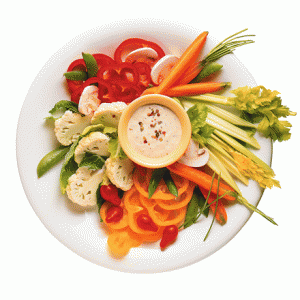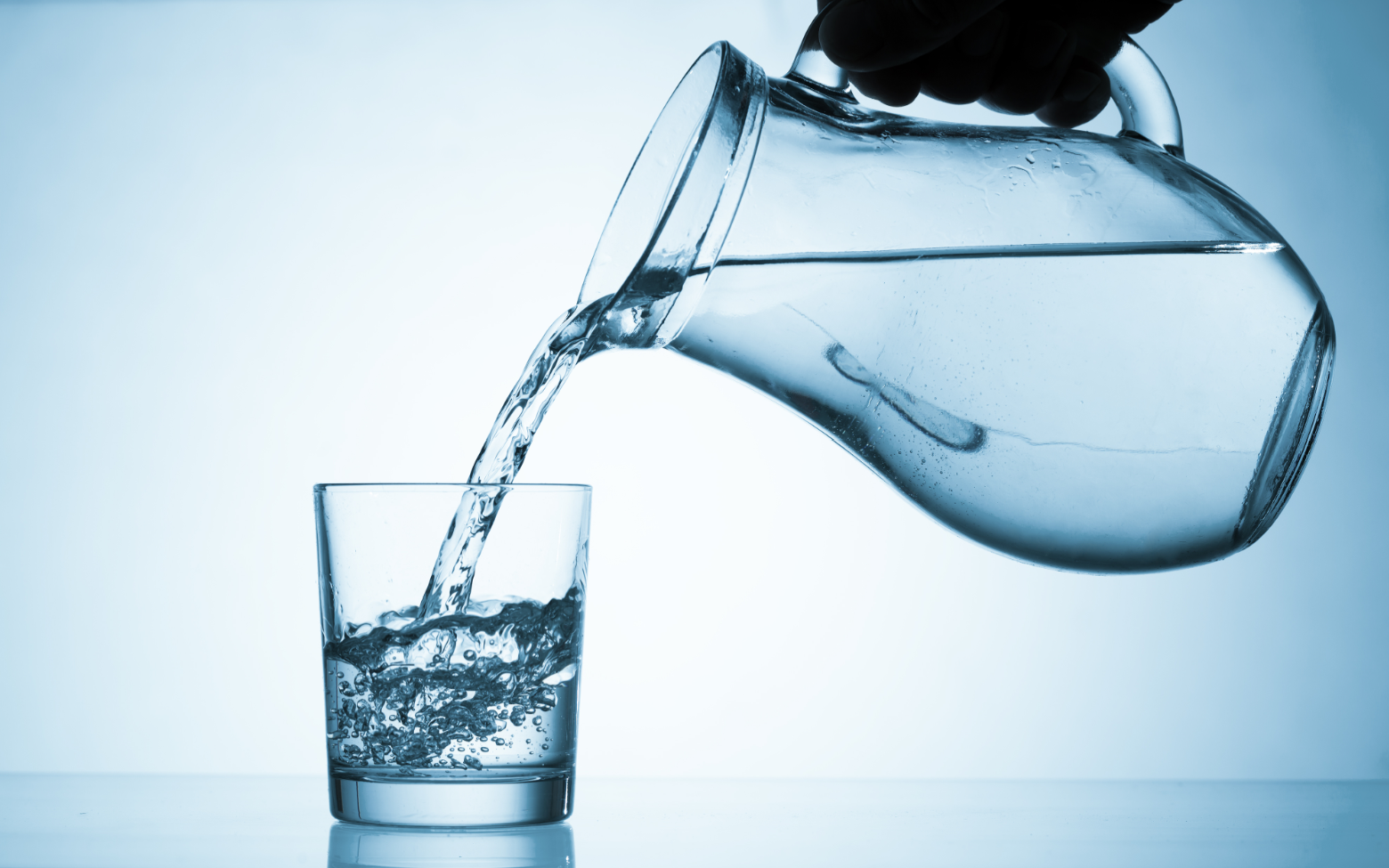Who says that having diabetes means you can’t
still whip up delicious, homemade food? When you know the basics of meal
planning, you can make almost any recipe work.
So don’t throw out your cookbooks or toss
your favorite recipes.
Instead, take some tips about how to cook wisely.
1. Cook with liquid fats in place of solid
fats.
Solid fats often include saturated fats,
which you should limit, or trans fats,
which you should avoid totally.
If a recipe calls for solid fat like
butter, lard, or hydrogenated shortening, try trans-fat free margarine,
spreads, or shortening instead. Check the label to see whether the product will
work for cooking or baking.
Many liquid fats -- oils such as canola,
corn, olive, and grape seed -- can be healthy when used in moderate amounts.
Some oils have stronger flavors that may affect the taste. So experiment to
find which oils work best with which recipes.
2. Switch to low-fat dairy.
Many dairy products used in cooking and
baking are high in fat. You can lower the fat content without compromising
taste.
Instead of whole milk or half-and-half,
pour 1% or skim milk, condensed skim milk, or nonfat half-and-half. Instead of
sour cream, try low-fat or nonfat plain yogurt, buttermilk, or even low-fat
cottage cheese
(you may need to blend it first to make it smooth.)
To make a sauce that calls for cream or
whole milk, use cornstarch and skim milk.
3. Use less fat altogether.
For many dishes, you can use 25% to 33%
less fat than what the recipe says. Another tip: Substitute applesauce or
mashed bananas for some or all of the fat in baked goods.
Or, if you’re whipping up a treat that
calls for chocolate
or chocolate chips, try cocoa powder, or use mini-chocolate chips and use fewer
of them.
When cooking up a soup or stew, skim off
the fat that floats to the surface while it’s on the stove. Or, place the pot
in the refrigerator. When the fat has hardened at the top, it's easy to skim
off.
4. Be smart about carbs.
Choose those that give you energy that
lasts and fiber.
When a recipe calls for "white"
flour, "white" rice, or other refined grains, try substituting whole
wheat flour, brown rice, or other whole-grain flours or grain products. You can
also use ground nuts such as almond or hazelnut (filbert) meal. Or you can mix
several of these whole-grain ingredients together in the same recipe.
5. Skimp on the sugar.
Sugar can quickly raise your blood sugar,
unlike the carbs from vegetables or starches, which are absorbed more slowly.
Many times you can cut the amount of sugar without
seriously affecting taste or texture, though you may need to add more flour. An
exception: You can’t cut corners if something you're baking needs yeast,
because the yeast needs the sugar in order to do its job.
If you’re using a sugar substitute, check
the product label to be sure it’s designed for baking.
6. Experiment with flavor.
Reach for ingredients other than sugar,
salt, and fat to satisfy your taste buds. Try out different herbs, spices (cinnamon,
cardamom, nutmeg), mustards, and vinegars (balsamic, sherry).
Some spices may even have health benefits
of their own. Cinnamon, for example, may help lower blood sugar levels.
You can also cut the amount of salt in a
recipe, unless the recipe includes yeast, which needs the salt for rising. Or
skip the salt entirely when you’re cooking, and then sprinkle a little on at
the table when it’s time to eat.
Another way to reduce how much sodium you
get is to choose fresh over canned and frozen foods, which tend to be higher in
salt. If you’re cooking with nuts, check that they aren't salted.
7. Ask a pro.
If you have favorite recipes that you’d like to make diabetes-friendly, ask your doctor for a referral to a dietitian. They’re experts at helping plan meals that are appropriate for people with diabetes or other health issues.
If you have favorite recipes that you’d like to make diabetes-friendly, ask your doctor for a referral to a dietitian. They’re experts at helping plan meals that are appropriate for people with diabetes or other health issues.





